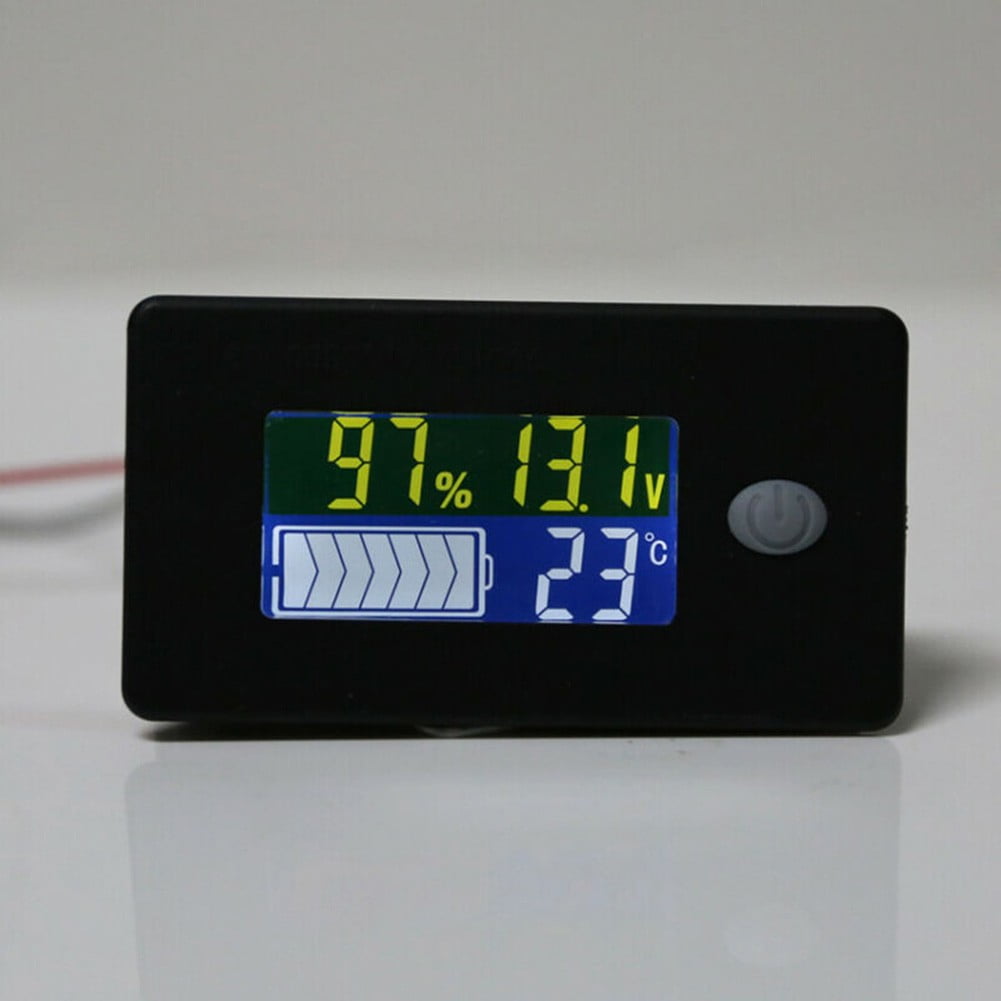

The yellow LED is forward biased and conducts through D1 under these conditions, generating a voltage of roughly 3.7 volts at point A. Q1 and Q2 are turned off by R3 and R5 when the vehicle battery voltage becomes extremely low for either ZD1/ZD2 or ZD3 to conduct. The voltage drops across red, yellow, and green LEDs at 20 mA are generally 1.7V, 3.0V, and 2.3 volts. The working of this 3 LED battery indicator circuit is dependent on the varying voltage drops across the different color LEDs. When the red indicator illuminates, which it would if the voltage exceeds 14.2 volts, the vehicle's voltage regulator may need to be adjusted, or there may be another issue. When the voltage is between 11.7 and 14.2 volts, the green LED light turns on, indicating that everything is well. Red indicates that the battery has been overcharged.Ī yellow indicator illuminates when the battery voltage falls below 11.6 volts. This implies that the battery is either undercharged or that a large load (such as high-powered driving lights) is draining too much power.Green indicates that the battery is in good condition.Yellow indicates that the battery is 'low'.We created a simple 3 LED battery indicator circuit that displays the following: What is actually required is an indication that only takes a passing glance and does not require any 'analysis.' That's precisely what we've tried to accomplish in this project. The voltage range in which your battery is most effective is just about 2 volts. However, you wouldn't want to be staring at a meter on the dashboard while driving in traffic. As a result, the phrase 'extended-scale' is coined. It's even worse on a 0-30 volts scale, which is common on contemporary multimeters.Ī meter that measures 11 volts at the lower end of the scale and 16 volts at the extreme end of the scale works perfect. Using a 'expanded-scale voltmeter' is another best option.Ī squint-and-peer practice is required to display the voltage range between 11 and 15 volts on a meter front, calibrated at 0-16 volts. However, their disadvantage is that they are approximately 10 times more expensive than a hydrometer! A digital panel meter arranged as a voltmeter might be used. There are several methods for determining the battery voltage.

This situation might not allow to turn the starting motor for too long, most of the time! If the voltage on load, on the other hand, is more than 14.5 volts, the battery is completely charged! If it stays in this condition for an extended period of time while the car is being driven, the alternator-regulator system may go faulty, and the battery could well be destroyed due to overcharging. When a battery's voltage level falls beneath 11.6 volts, its capacity is drastically reduced, and it discharges fast. Under a typical functional load, a lead-acid car battery in an acceptable state of charge (Soc) will have a voltage level between 11.6 and 14.2 volts. Measuring the voltage with load connected is yet another way to verify the battery's status. These may be good for a garage, however justifying their cost for the rare usage in house workplaces is often not practical. The tiny quantity of battery acid which persists on them poses a storage issue since the droplets and vapors corrode most metals and substances. Because they're constructed of glass, they're delicate and can be dangerous to use while driving. Hydrometers, on the other hand, have a variety of disadvantages. Different Ways to Check Battery VoltageĪ hydrometer is perhaps the most efficient way to examine the condition of a lead acid battery.


 0 kommentar(er)
0 kommentar(er)
